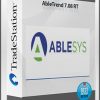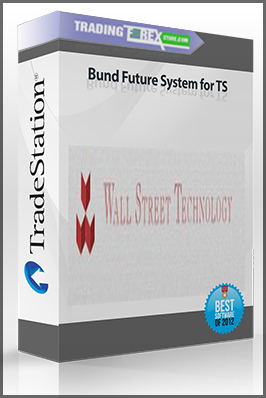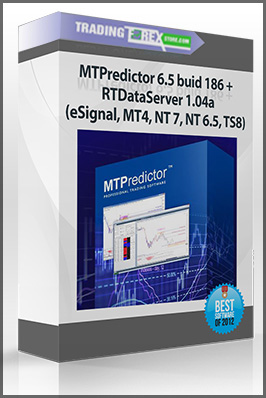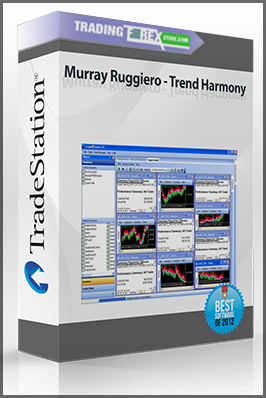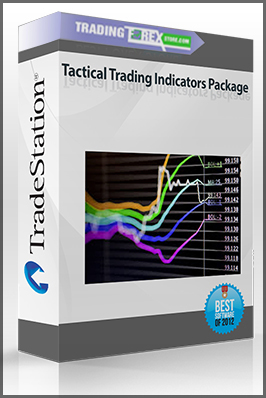David Bean – Cobra (aka Viper Crude)
$89.00
Size: 10.4 MB
You Just Pay: $89
- Description
Description
Cobra
Cobra (originally Viper with a name change on October 17, 2011) is a trend following day-trade strategy that trades stock index futures, euro currency, bonds, and crude oil. This original strategy was designed at the end of 2005 for stock index futures using market internals. A modified version also trades Bonds, Euro Currency, Crude Oil, and the SPY ETF.
I consider Cobra my flagship trading system based on the fact that it works so well over a broad range of markets with very little change in the trading system for the different market sectors. It trades the following markets: E-mini S&P, E-mini Russell, E-mini Midcap, Crude Oil, E-mini Crude Oil, Euro Currency futures and forex, 30 Year T-bonds, and the SPY ETF.
How does Cobra work? The details of the strategy are proprietary. In general, I combine my own pattern based entry technique as well as my own trend indicator. If the trend is up, then we take long trades if the long pattern setup is there. If the trend is down, then we take short trades if the short pattern setup is there. The goal is to trade the trend and get in before the trend accelerates but to also ensure that we have the trend correct. We are not looking to call tops and bottoms but could be described as a “middle trend finder” and to get a piece of the trend somewhere in the middle. It is a day trade strategy.
What is the history? When was it designed?
I designed the Cobra trading system in 2005 (originally called Viper) for the stock indexes with the creation of Cobra I stock indexes. In 2008, I decided to reduce the daily risk for traders looking to quantify daily risk within a system by limiting the system to one trade. I made the modification of limiting it to one trade in Cobra II and also added a profit target. Cobra and Cobra II have the same entry criteria.
In 2009, I added Cobra III which has a more selective entry criteria than Cobra I and Cobra II but like Cobra II, in that it has one entry per day and a profit target.
In 2008 and 2009 I also added other markets such as Crude Oil, Euro Currency futures and forex, and 30 Year Bonds.
The trend indicator for non stock index markets is different since the stock index market use New York Stock Exchange market internals such as $TICK, $ADV, $DECL, etc. This is the main difference. The trend indicator between non stock index markets is the same.




